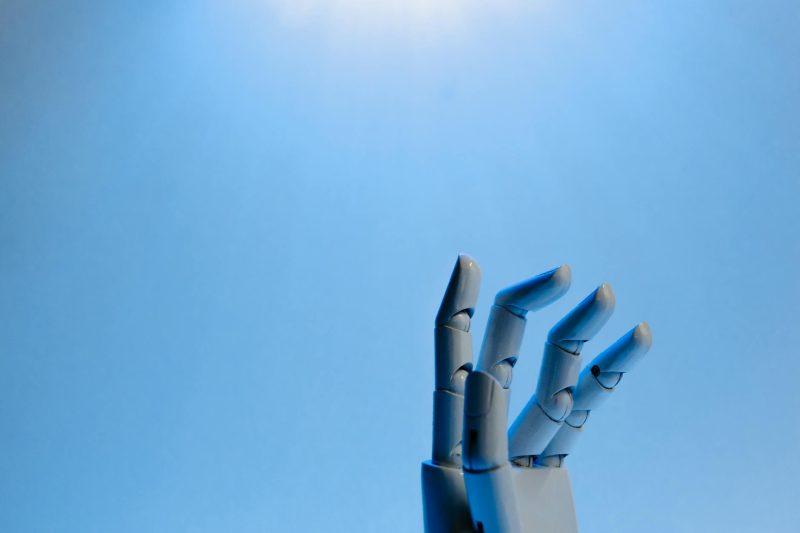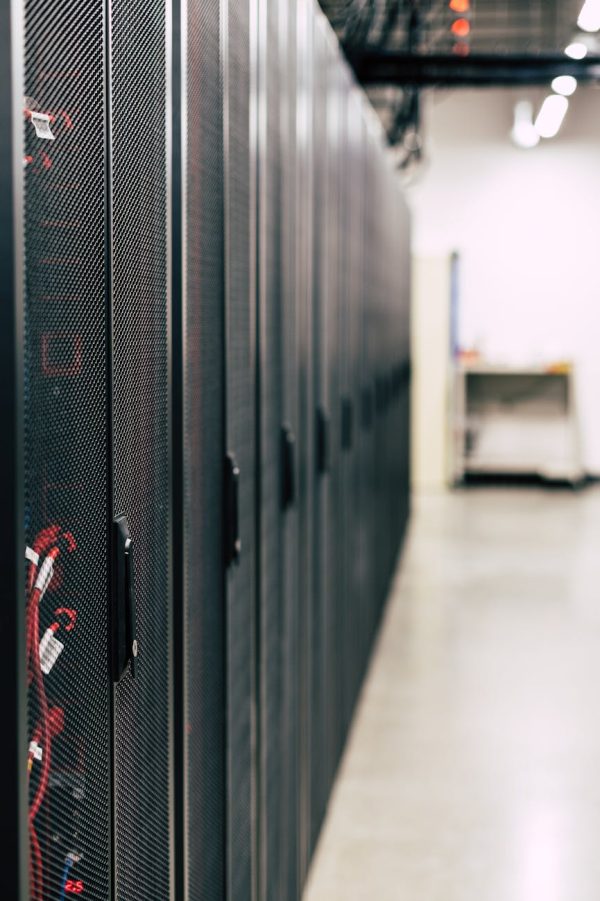Digital Twin Tech: Revolutionizing Industry with Smart Solutions
Introduction
Digital Twin Tech is revolutionizing the way industries operate by providing real-time insights and predictive analytics. From healthcare to smart cities, this transformative technology is enabling smarter decision-making and operational efficiency. But what exactly is Digital Twin Tech, and how is it shaping the future of various sectors?
What is Digital Twin Technology?
Digital Twin Technology involves creating a virtual model of a physical object, system, or process. This replica allows for real-time monitoring, simulation, and analysis. For instance, in manufacturing, a digital twin of a factory can simulate production processes to optimize output and reduce downtime. In healthcare, a digital twin of a patient can help monitor vital signs and predict potential health issues, aligning with the growing focus on wellness and AI-driven solutions.
The Evolution of Digital Twin Technology
The concept of digital twins dates back to the early days of space exploration when NASA used virtual models to monitor and control spacecraft. However, with the advent of IoT and AI, digital twin technology has evolved significantly. Today, it is integral to industries like aerospace and manufacturing, where it has become a cornerstone of innovation and efficiency. The digital twin market is projected to grow exponentially, reaching millions by 2025, as more industries adopt this cutting-edge technology.
Industry Applications of Digital Twin Technology
1. Manufacturing
In manufacturing, digital twins are used to enhance efficiency and reduce costs. For example, companies like Harley-Davidson utilize digital twins to simulate production lines, identifying bottlenecks and improving workflows. This predictive maintenance not only saves time but also reduces the risk of equipment failure, exemplifying how technology and business can synergize for success.
2. Healthcare
Healthcare has seen remarkable advancements with digital twins. These virtual models are used for patient monitoring and surgery simulations, allowing for more precise treatments. This integration of AI in wellness is revolutionizing patient care, making it more personalized and effective.
3. Smart Cities
Smart cities leverage digital twins to manage resources and infrastructure efficiently. By monitoring energy consumption and traffic patterns, cities can plan better, enhancing urban living. This application of digital twins in city planning is a testament to innovation and cultural adaptation in urban environments.
4. Retail
Even retail has embraced digital twins to enhance the shopping experience. From optimizing store layouts to streamlining supply chains, digital twins help retailers meet customer demands more effectively. This merger of technology and business strategy is setting new benchmarks in the retail industry.
The Future of Digital Twin Technology
As technology advances, digital twins will become even more integrated with AI and IoT, opening up possibilities in sectors like education and agriculture. The focus on sustainability will drive further innovation, making digital twins a key tool for industries aiming to reduce their environmental impact.
Conclusion
Digital Twin Tech is undeniably transforming industries, offering unprecedented insights and efficiency. As we look ahead, the potential for this technology is vast, promising even smarter solutions across diverse sectors. Stay informed about the latest trends and explore more on how Digital Twin Tech is reshaping the future at BeNewsMag.com.




